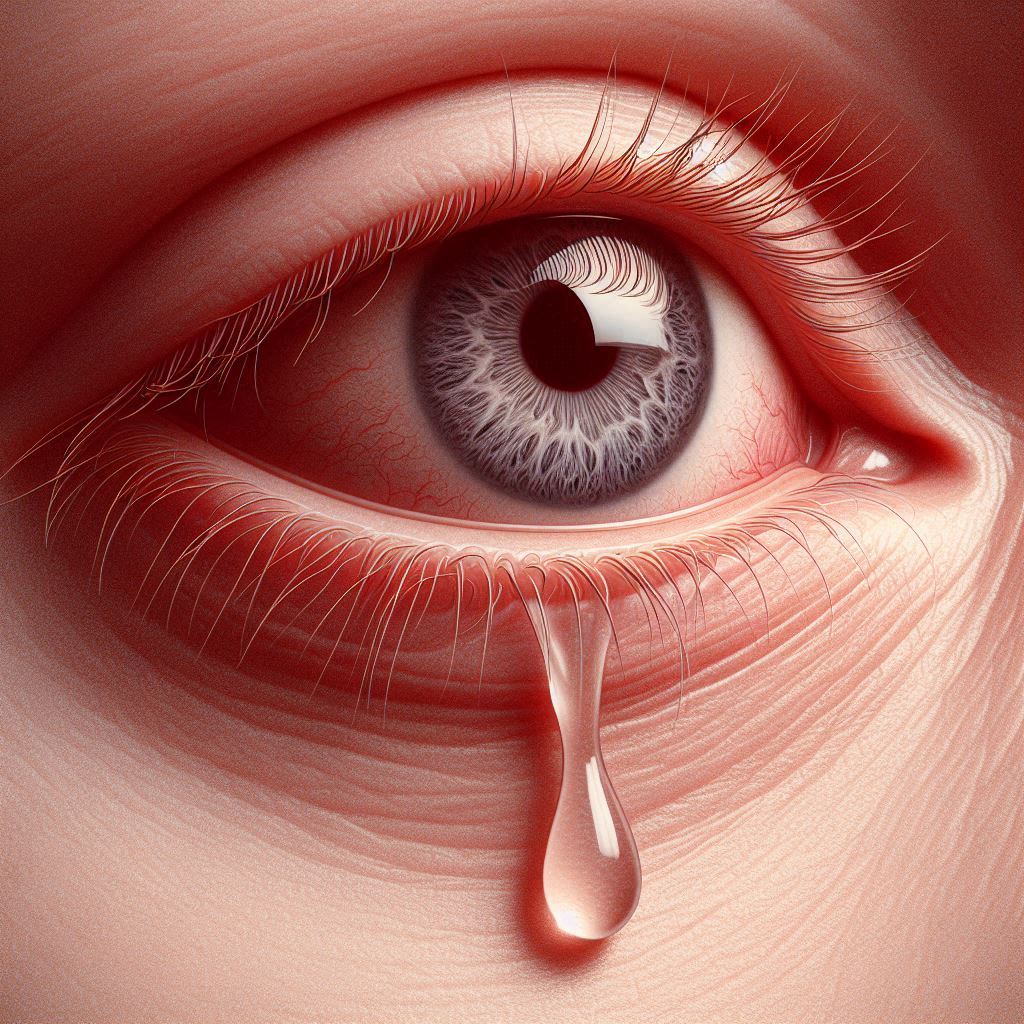
Are your eyes constantly watering? Do you struggle with frequent eye infections or blurry vision? You might be dealing with a blocked tear duct.
Here at VIEW CARE, we understand how frustrating and uncomfortable blocked tear ducts can be. That’s why we’re here to shed light on this condition, explore treatment options, and let you know how it can be managed.
Blocked Tear Ducts: Understanding the Problem
Tiny Ducts of Drainage: Tear ducts, also known as nasolacrimal ducts, are these microscopic tubes that work tirelessly behind the scenes. They carry tears away from the surface of your eyes, keeping them lubricated, clean, and infection-free.
The Tear Duct Blockage Blues: When these ducts get clogged, tears can’t drain properly, leading to a condition called epiphora. This can cause a cascade of problems like constant watering called epiphora, recurrent infections, redness, and even blurred vision.
What Causes Blockages?
The culprits can vary:
- Born with it: Some babies are born with blocked tear ducts.
- Infections: Repeated eye infections can leave scar tissue, causing blockages.
- Injury: Injuries to the nose or eye can damage the tear ducts.
- Aging Woes: As we age, our tear ducts can naturally become narrower.
- Sinus Issues: Chronic sinusitis can sometimes contribute to blockages.
When Tears Won’t Flow: Recognizing the Signs
If you’re experiencing any of these symptoms, it’s wise to schedule an appointment with an eye doctor:
- Constant tearing or watery eyes (epiphora due to drainage blockage).
- Recurrent eye infections
- A bump or swelling near the inner corner of your eye
- Pain or redness around your eyes
- Crusting of the eyelids
- Blurry vision

Relief is a Surgery Away: Exploring Tear Duct Surgery Options
In many cases, we can address blocked tear ducts with non-surgical methods like warm compresses, massage, or antibiotics. But if these don’t work, surgery might be the answer. Here at VIEW CARE, we offer two main surgical procedures for blocked tear ducts:
- Dacryocystorhinostomy (DCR): This minimally-invasive procedure creates a new pathway for tears to drain, bypassing the blockage.
How Is DCR Performed?
- Preparation: Before the surgery, you will receive anesthesia to ensure you don’t feel any pain during the procedure.
- Incision: The surgeon makes a small incision on the side of your nose.
- Creating a New Pathway: The surgeon creates a new channel between your tear sac and your nasal cavity.
- Inserting a Stent: Sometimes, a tiny tube (stent) is inserted into the new pathway to keep it open during healing.
- Closing the Incision: The incision is then closed, and you are taken to recovery.
- Dacryocystectomy (DCT): This is a less common option used in severe cases where the tear sac is badly damaged or infected. Here, the tear sac is removed altogether.
How Is DCT Performed?
- Preparation: Anesthesia is administered to ensure comfort during the surgery.
- Incision: The surgeon makes an incision near the tear sac.
- Removing the Tear Sac: The damaged or infected tear sac is removed.
- Closing the Incision: The incision is closed, and you are taken to recovery.
The Road to Recovery: What to Expect After Surgery
Both DCR and DCT are typically outpatient procedures. Recovery involves some swelling and bruising, but most patients experience significant improvement in their symptoms.
- Using prescribed eye drops to prevent infection.
- Avoiding blowing your nose for a few weeks.
- Attending follow-up appointments to monitor healing.
We’ll provide detailed aftercare instructions to ensure a smooth healing process.
Life After Blockages: The Benefits of Tear Duct Surgery
Regaining clear vision and freedom from constant tearing can significantly improve your quality of life. Here’s what you can expect:
- Reduced Tearing: No more watery eyes!
- Fewer Infections: Proper drainage means fewer eye infections.
- Improved Vision: Less tearing and irritation translates to better vision.
- Enhanced Comfort: Say goodbye to the pain and discomfort of blocked tear ducts.
Not Ready for Surgery? Exploring Alternatives
For some people, non-surgical options might be enough to manage a blocked tear duct. We can explore these alternatives with you:
- Tear Duct Massage: Gentle massage can sometimes help open a partial blockage in infants.
- Warm Compresses: Applying warmth can reduce swelling and promote drainage.
- Medications: Antibiotics can treat underlying infections that contribute to blockages.
Don’t let blocked tear ducts steal your vision!
Tear duct obstructions can be a source of significant discomfort, but with the right treatment, relief is possible. Whether through surgery or non-surgical methods, restoring normal tear drainage can enhance your quality of life and keep your eyes healthy and comfortable.
We are committed to providing exceptional eye care to our patients. Contact us today!
References
- American Academy of Ophthalmology. (2021). “Tear Duct Obstruction.” AAO.org.
- Mayo Clinic. (2020). “Blocked Tear Duct.” MayoClinic.org.
- National Eye Institute. (2021). “Tear Duct Surgery.” NEI.nih.gov.
By incorporating these insights into your understanding of tear duct obstructions and their treatments, you can approach this condition with confidence and clarity.


